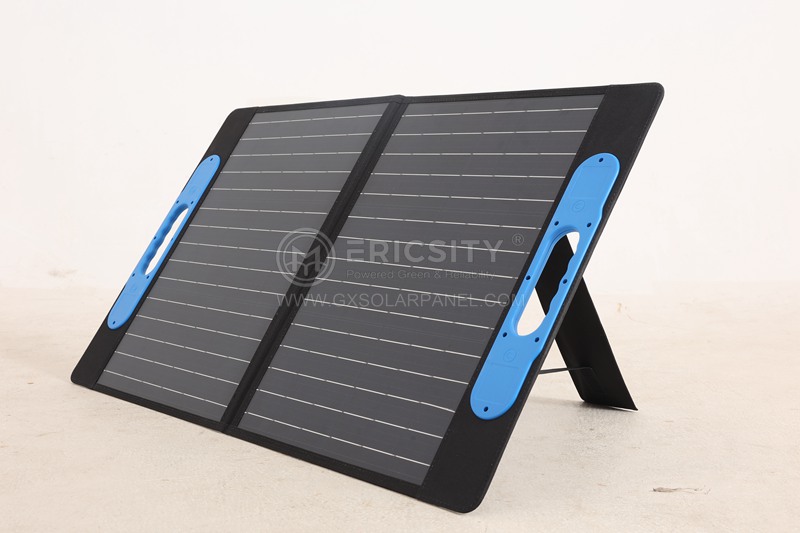HOT PRODUCT
Product Details
The Science Behind 80w Folding Panels: How They Convert Sunlight
The Science Behind 80w Folding Panels: How They Convert Sunlight
Solar energy has emerged as one of the most promising sources of renewable energy, with the potential to revolutionize the way we power our lives. In recent years, advancements in solar panel technology have led to the development of compact and highly efficient solar panels, such as the 80w folding panels. These portable solar panels have gained popularity for their convenience and ability to harness sunlight and convert it into usable electricity. Understanding the science behind these panels can help uncover the secrets behind their efficiency.
The key component of 80w folding panels is an array of photovoltaic cells, which are made up of semiconductor materials like silicon. When sunlight hits these cells, a physical process known as the photovoltaic effect takes place. The photons, particles of light, transfer their energy to the electrons within the semiconductor material, causing them to become excited and break free from their atoms. This generates an electric current that flows through the cell.
The photovoltaic effect can be attributed to the behavior of the material at a microscopic level. Silicon, for example, has a specific atomic structure that makes it suitable for solar cell applications. It has four valence electrons in its outermost shell, meaning it can bond four other silicon atoms together to form a stable crystalline lattice structure. This structure creates a band gap, a range of energy levels that electrons cannot easily occupy.
When sunlight, composed of photons with varying energy levels, strikes a silicon solar cell, photons with enough energy can excite electrons to overcome the band gap and create free electrons and positively charged holes. The free electrons are then directed towards a conductive metal layer at the back of the cell, while the positively charged holes are drawn towards a thin, transparent conductive layer on the front, creating a voltage potential across the cell.
In order to capture as much sunlight as possible, 80w folding panels are designed with several strategies. The first is the utilization of anti-reflective coatings, which minimize the amount of light reflected off the surface of the cells. By reducing reflection, more light can penetrate the cell, increasing its overall efficiency. Additionally, the layout of the cells and the surface texturing of the panel help maximize light absorption by allowing multiple photons to interact with the semiconductor material.


The next step in the process is controlling and converting the direct current (DC) generated by the solar cells into alternating current (AC) that can be used to power various devices. This is achieved through the use of an inverter, an electronic device that transforms the electricity from the panels into a compatible form for home or grid use. The AC power can then be used to power appliances, charge batteries, or even be fed back into the electrical grid.
The beauty of 80w folding panels lies in their portability and versatility. Being foldable, they can be easily transported and stored, making them convenient for outdoor enthusiasts, campers, or those on the go. The compact size does not compromise their ability to generate power efficiently, thanks to continuous improvements in solar cell technology.
In conclusion, the science behind 80w folding panels involves understanding the photovoltaic effect and the behavior of semiconductor materials like silicon. By harnessing the power of sunlight and converting it into usable electricity, these panels offer a sustainable and environmentally friendly energy solution. With ongoing research and technological advancements, the potential for solar energy to reshape our world continues to grow, paving the way for a brighter future.




